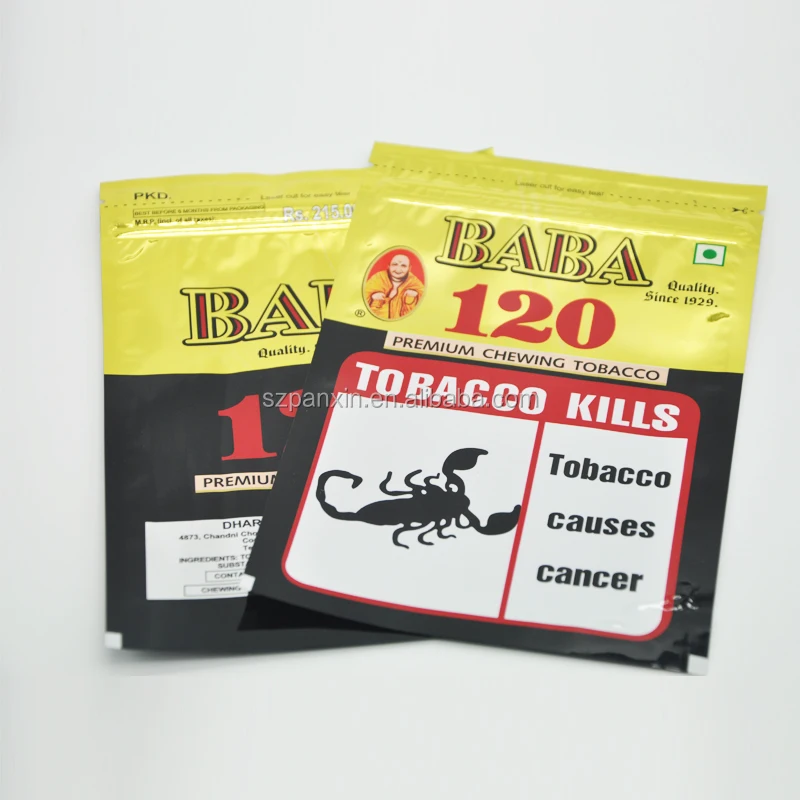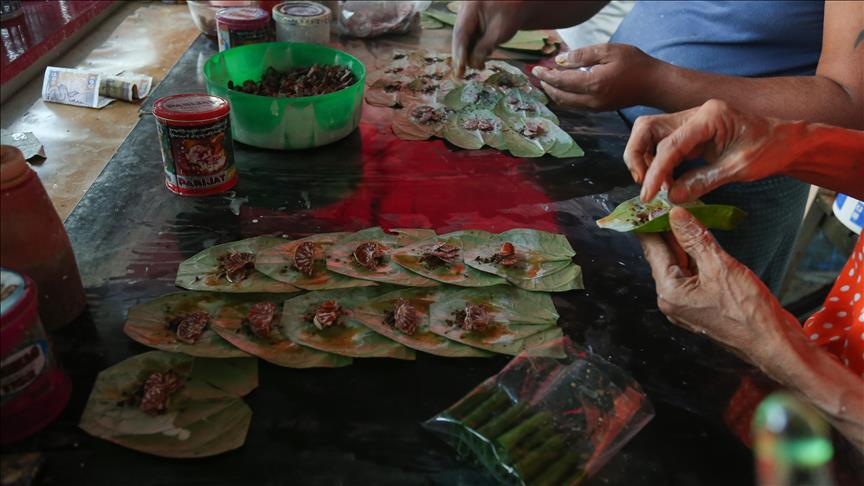

- #CHEWING ON PLASTIC CANCER HOW TO#
- #CHEWING ON PLASTIC CANCER SKIN#
- #CHEWING ON PLASTIC CANCER CODE#
"PET is the stuff used in most single use water bottles and if you use it and if you're not overheating it, it's probably pretty safe and there aren't any health issues known with it," says Dr. Some people may worry about the safety of these water bottles in terms of cancer risk, but these concerns are generally unfounded. 1 is PET, or polyethylene, and is generally used to make single serving plastic water bottles among other products. The "good" numbers to look for are 1, 2, 4, and 5. "There are seven different recycling symbols for plastics," explains Alan Greene, MD, an attending pediatrician at Packard Children's Hospital in Palo Alto, Calif., author of Raising Baby Green and founder of "The first six are for specific kinds of plastic and the last one, 7, is ‘other' - all the other recyclable plastics lumped together in a grab bag."
#CHEWING ON PLASTIC CANCER CODE#
There are some plastics that do pose a danger though, so knowing the difference is important to identify possible cancer causes.Īll plastics are not the same, so it's crucial to determine the type of products you're using by looking at the recycle code number found on the bottom of the item. The good news is that many plastic products do not cause an increased cancer risk.

The lymph glands in the neck are usually the first place where mouth cancer forms secondaries.Many people work hard to reduce their cancer risk by eating healthy foods and exercising regularly, but how many of us consider the effect that using plastic bottles and containers may have on our health? Mouth cancer that spreads to another part of the body is known as metastatic oral cancer, which are often called secondaries.
#CHEWING ON PLASTIC CANCER SKIN#
#CHEWING ON PLASTIC CANCER HOW TO#
It's therefore very important to do everything you can to keep your mouth and teeth healthy.įind out more about how to take care of your teeth and gums. Oral hygieneĪs cancer is sometimes linked with long-standing wounds, there's a small chance that jagged, broken teeth, which cause persistent ulcers or wounds on the tongue, can increase the chance of mouth cancer developing there. There's evidence that in rare cases, certain types of HPV can cause abnormal tissue growth inside the mouth, triggering mouth cancer. You do not have to have penetrative sex, just skin-to-skin contact. You can get an HPV infection by having sexual contact with a person who's already infected. The human papilloma virus (HPV) is a group of viruses that affect the skin and moist membranes inside the body, such as those in the cervix, anus, mouth and throat. There's evidence that an unhealthy diet can increase your risk of getting some types of mouth cancer.Įating a healthy, balanced diet that includes plenty of fruits and vegetables is thought to reduce your risk of developing mouth cancer. This risk is increased further by chewing betel nuts with added tobacco, as many people in south Asia do.īecause of the tradition of chewing betel nuts, rates of mouth cancer are much higher in people from the Indian, Pakistani, Bangladeshi and Sri Lankan community than in the British population at large. They also have a carcinogenic effect, which means they can increase the risk of mouth cancer.

They're widely used in many south Asian communities, such as people of Indian, Pakistani, Bangladeshi and Sri Lankan origin.īetel nuts have a stimulant effect similar to coffee. Betel nutsīetel nuts are mildly addictive seeds from the betel palm tree. Smokeless tobacco products are not harmless and may increase your risk of mouth cancer, as well as other cancers, such as liver cancer, pancreatic cancer and oesophageal cancer.

snuff – powdered tobacco designed to be snorted.chewing betel nuts with or without added tobacco.chewing tobacco or other smokeless tobacco products.Other risk factors for mouth cancer include: It's not known exactly what triggers the DNA changes that lead to mouth cancer, or why only a small number of people develop it. If you both smoke and drink alcohol, this further increases your risk. If you drink alcohol or you smoke, this increases your risk of mouth cancer. The leading causes of mouth cancer in the UK are tobacco and alcohol.īoth tobacco and alcohol are carcinogenic, which means they contain chemicals that can damage the DNA in cells and lead to cancer.


 0 kommentar(er)
0 kommentar(er)
